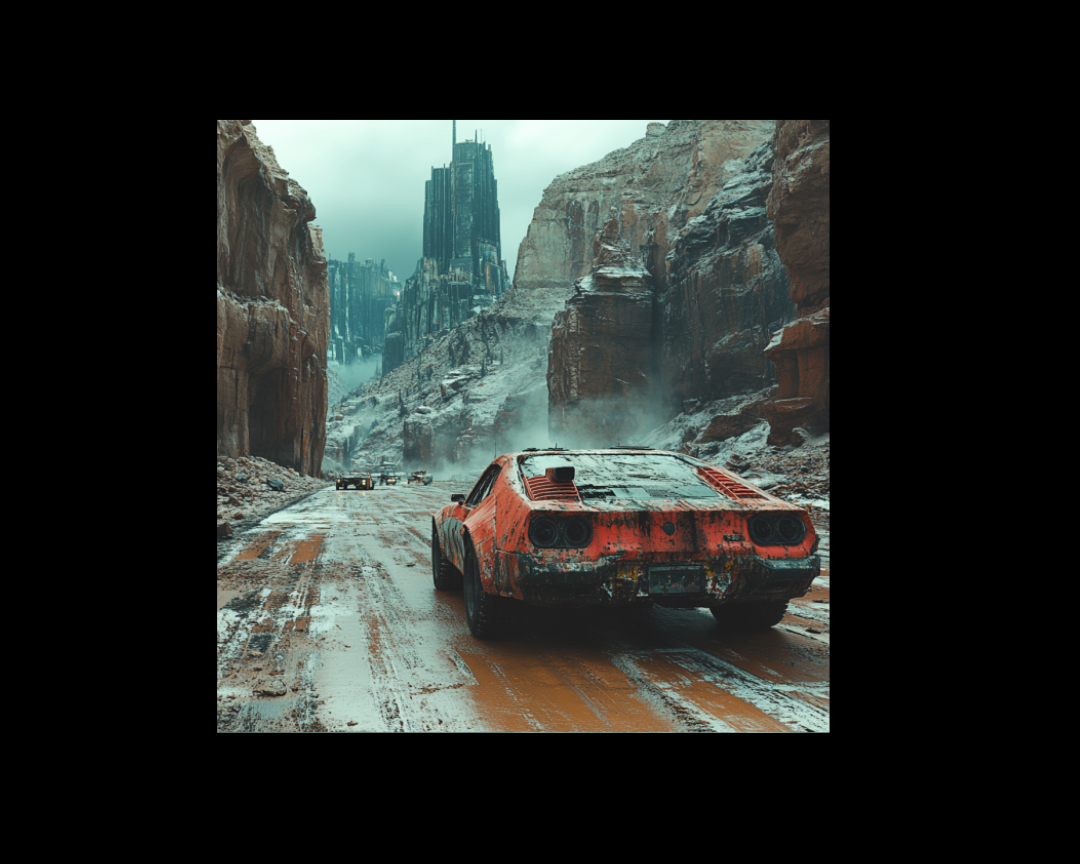Semantic Markup for Intelligent Content
Look, I get it. You've finally got your documentation workflow humming along like a well-oiled machine (or at least not squeaking too badly), and now...
3 min read
 Writing Team
:
Nov 5, 2024 6:30:44 PM
Writing Team
:
Nov 5, 2024 6:30:44 PM

Look, we've all been there – staring at a wall of code comments that might as well be ancient hieroglyphics. And hey, maybe those hieroglyphics were onto something! Today, we're diving into the world of visual programming languages and how they're flipping the script on traditional documentation. Buckle up, because this is going to be more fun than that time you tried to explain recursion using Russian nesting dolls.
Remember trying to explain how a for-loop works to a non-programmer friend? You probably ended up drawing boxes and arrows on a napkin. Congratulations – you were doing visual programming documentation! The thing is, our brains are wired for visual processing. We can understand a flowchart faster than we can parse a paragraph of text, kind of like how you can spot your favorite snack in the grocery store without reading a single label.
A[Traditional Docs] -->|Evolution| B[Visual Programming]
B -->|Result| C[Happy Developers]
C -->|Side Effect| D[Less Coffee Needed]Here's this:
Think LEGO blocks, but for code. Scratch lets you snap together programming concepts like you're building the world's most logical sandwich. And unlike that time you tried to build IKEA furniture without the manual, you actually can't put the pieces together wrong!
Imagine if your code could look like those conspiracy theory boards with red string connecting everything – but actually make sense. That's Node-RED for you. It's like playing connect-the-dots, but instead of making a bunny picture, you're building a fully functional IoT system.
function processData(input) {
if (validateInput(input)) {
transformData(input)
.then(analyzeResults)
.then(displayOutput)
.catch(handleError);
}
}
// You get a beautiful flow diagram where data flows like a lazy river at a water parkdef bubble_sort(arr):
n = len(arr)
for i in range(n):
for j in range(0, n-i-1):
if arr[j] > arr[j+1]:
arr[j], arr[j+1] = arr[j+1], arr[j]Picture this instead: Bubbles of different sizes floating up through your array like a lava lamp, automatically finding their proper place. No comments needed – you can literally see the sorting happen! It's like those sorting algorithm videos on YouTube, but you're the director.
Let's build a simple data validation flow – first the old way, then the cool way.
if not data:
return "Error: Empty input"
if not isinstance(data, dict):
return "Error: Expected dictionary"
if 'email' not in data:
return "Error: Missing email"
# ... and so on until your eyes blur A[Input Data] --> B{Empty?}
B -->|Yes| C[Error: Empty]
B -->|No| D{Is Dictionary?}
D -->|Yes| E{Has Email?}
D -->|No| F[Error: Wrong Type]
E -->|Yes| G[Valid Input!] E -->|No| H[Error: No Email]See? It's like your code is telling a story, and everyone loves a good story!
Imagine a world where:
Visual programming languages aren't just about making pretty pictures – they're about making code more accessible, maintainable, and honestly, more fun. It's like giving your code a makeover, but instead of just looking better, it actually becomes easier to understand.
Remember: The best documentation is the one that people actually want to read. And let's face it – everyone would rather look at a cool diagram than read another wall of text explaining what that nested if-statement does.
Now go forth and make your documentation so beautiful that it belongs in a museum! Or at least makes your code reviews less painful. Baby steps, right?
P.S. If anyone asks why you're spending time making your documentation look pretty, just tell them you're "optimizing for visual comprehension efficiency." Works every time! 😉

Look, I get it. You've finally got your documentation workflow humming along like a well-oiled machine (or at least not squeaking too badly), and now...

While AGI refers to performing tasks at a human level, superintelligence refers to performing tasks that exceed human capabilities. If tech writers...

5 min read
Starting a business blog seems straightforward enough—until you realize just how many platform options exist. The wrong choice can leave you with...